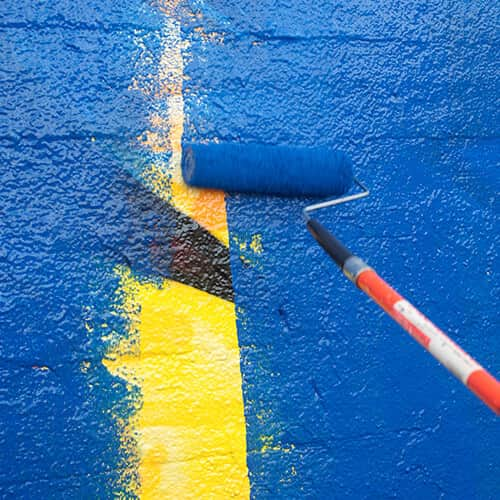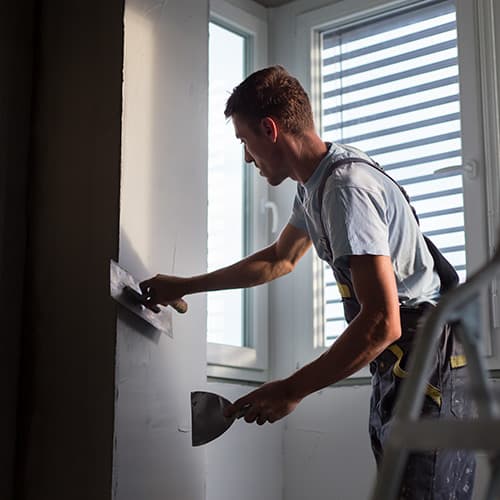How To Fix Issues With Poor Hiding In Paint
Sometimes after painting an interior surface, the old color “bleeds” through and the prior paint color is not completely covered. Paint jobs with poor hiding — a nightmare situation for homeowners and building superintendents — can be avoided. In order to get good coverage, here are tips to get the job done right the first time.
See All Pro Painting Tips
See All Pro Resources

How To Fix Issues With Poor Hiding In Paint
Poor Hiding
Causes
-
Thinning paint too much. Most paint does not need to be thinned. Follow manufacturer instructions.
-
Failing to stir paint before painting, because contents can settle.
-
Overspreading, an attempt to make do with less paint, results in poor coverage.
-
Using low-quality paints.
-
If the substrate is extremely porous. New drywall is an example of such a surface.
-
Painting over a glossy or semi-gloss paint.
-
Painting a lighter color over a darker one.

How To Fix Issues With Poor Hiding In Paint
Poor Hiding
Solutions
-
Buy enough paint for the job so overspreading isn’t necessary.
-
Use high-quality paint.
-
Before starting to paint, and occasionaly during painting, stir the paint well.
-
Always start with a clean, dry substrate. Fix holes and cracks with the appropriate caulk or plaster compound and allow the patches to dry.
-
Always use a primer when painting a latex paint over an oil-based paint, to help the topcoat adhere well to the substrate.
-
When painting a light color over a dark one, use a high-quality primer for the best adhesion.
-
Use good-quality rollers and brushes that are appropriate for the paint (latex- or oil-based) and surface (smooth, semi-smooth or textured).

How To Fix Issues With Poor Hiding In Paint
Poor Hiding
Prevention
When painting, make sure the paint on the roller is evenly distributed. Paint should not be dripping from the roller when painting begins.
After cutting in a top border that’s 3 inches by 3 inches with a brush or roller, work with a roller in sections that are 36 inches by 36 inches.
Begin at the top and work in strokes that are shaped like W’s or V’s. Fill each section in while the paint is still wet. When almost all the paint is off the roller, go over the newly painted section without lifting the roller up. Overlap the edges of the sections.
View More Pro-Tips





